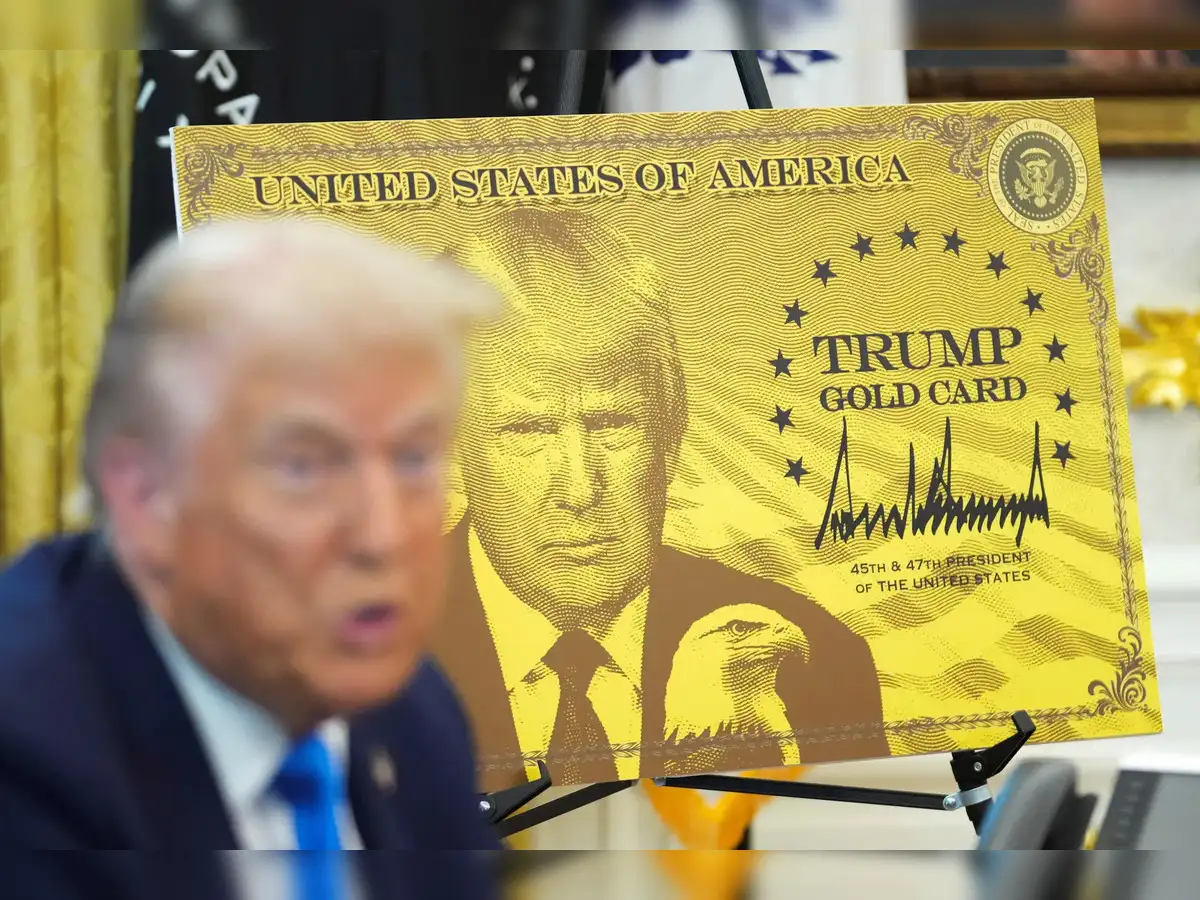




Copyright infringement not intended
Picture Courtesy: The Hindu
The 2008 US-India nuclear deal aimed to boost India's nuclear sector and create jobs, but it has yet to be fully implemented.
The Indo-US Civil Nuclear Deal, also known as the "123 Agreement" was signed between India and the United States in 2008.
The deal allows India to purchase nuclear reactors, fuel, and related technology from the United States for civilian use, which was previously restricted due to India's nuclear weapons program and non-Nuclear Non-Proliferation Treaty (NPT) status.

A key condition of the deal is that India must clearly separate its civilian nuclear facilities from its military nuclear facilities and place all civilian reactors under International Atomic Energy Agency (IAEA) safeguards, ensuring transparency and preventing the diversion of nuclear material for military purposes.
The deal promised to boost India’s civil nuclear sector by building many plants using U.S. technology and equipment to create jobs, reduce dependence on fossil fuels, and generate clean energy. However, these promises have not been fully realized.
The ‘10CFR810’ authorization, a part of the US Atomic Energy Act, restricts American nuclear vendors from manufacturing equipment or performing nuclear design work in India. This limitation blocks India’s ambition to be a part of the nuclear component manufacturing value chain, which is crucial for the nuclear projects planned in India.
In India, the Civil Liability for Nuclear Damage Act (2010) holds suppliers responsible for any nuclear accidental damage. The law demoralises companies from investing in the nuclear sector in India, as they are concerned about being held liable for future incidents. India attempted to offer some relief through insurance, U.S. companies have not accepted this proposal.
The quick evolution of nuclear technology means U.S. companies need to offer the latest innovations to remain competitive. However, for India, it is essential that any new technology is affordable and does not increase electricity costs for consumers.
The US is taking steps to ease restrictions on nuclear cooperation with India. One major move is the potential removal of key Indian entities, such as Bhabha Atomic Research Centre (BARC) and Indira Gandhi Centre for Atomic Research (IGCAR), from the US Entity List. This will allow these institutions to collaborate more freely with US companies.
The US-India Initiative on Critical and Emerging Technology (iCET) aims to promote innovation and pave the way for joint manufacturing of nuclear components, which could unlock the potential for future nuclear reactor projects.
China is a major factor in the Indo-US nuclear collaboration, especially when it comes to the development of Small Modular Reactors (SMRs).
Both India and China are looking to dominate the SMR market, but China’s growing influence and ambition in this space create stiff competition.
India’s collaboration with the US in the nuclear sector, especially in advanced reactor technology, can help to counter China’s global reach and strengthen India’s position as a key player in the nuclear energy market.
India aims to become a hub for manufacturing SMRs, which are smaller, cost-effective, and scalable nuclear reactors with capacities ranging from 30 MWe to 300 MWe. These reactors are highly attractive for the Global South, offering a cheaper and more adaptable nuclear energy option.
China is also focusing on dominating the SMR industry, therefore India needs to strengthen its technological capabilities through collaboration with the US and other partners to stay competitive.
India can gain access to advanced Light Water Reactor (LWR) technology, the US can utilize the cost-effective manufacturing sector in India to balance its domestic high labour costs. Together, the two countries can strengthen their global standing and compete with China in the nuclear reactor market.
In January 2025, U.S. National Security Advisor Jake Sullivan announced that the United States is finalizing measures to remove long-standing regulations hindering civil nuclear cooperation between India's leading nuclear entities and U.S. companies. This move aims to revitalize the civil nuclear partnership, encouraging the construction of U.S. nuclear power plants in India and enhancing energy security for both nations.
India should increase collaboration with the US to reform liability laws, streamline export controls, and support joint technological initiatives, to strengthen the strategic partnership and fully realize the benefits of the nuclear agreement.
Must Read Articles:
INDO-US TIES: ECONOMICS AND STRATEGY
Source:
|
PRACTICE QUESTION Q.How did the India-US nuclear deal impact India’s global standing in terms of nuclear non-proliferation norms? 150 words |







© 2025 iasgyan. All right reserved